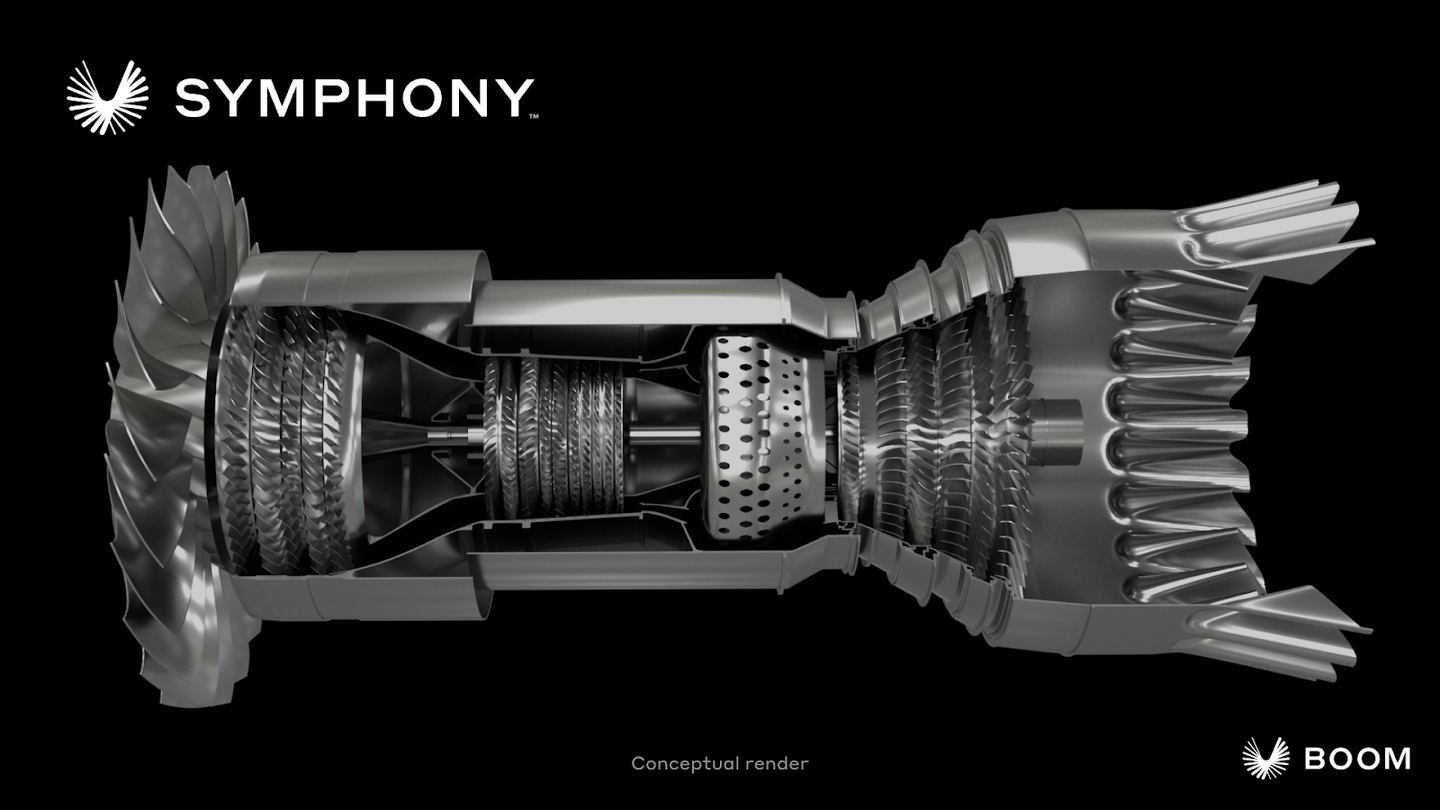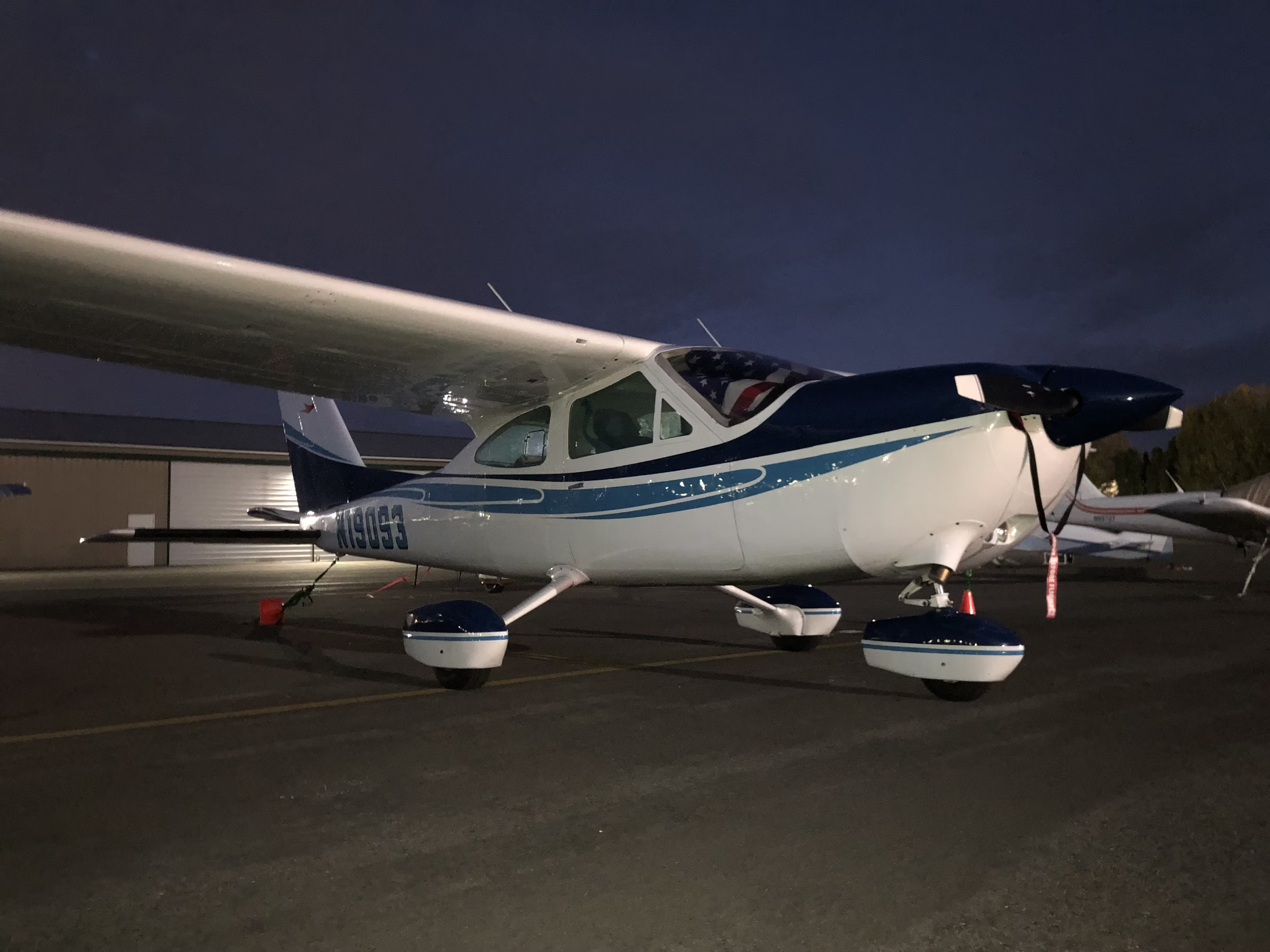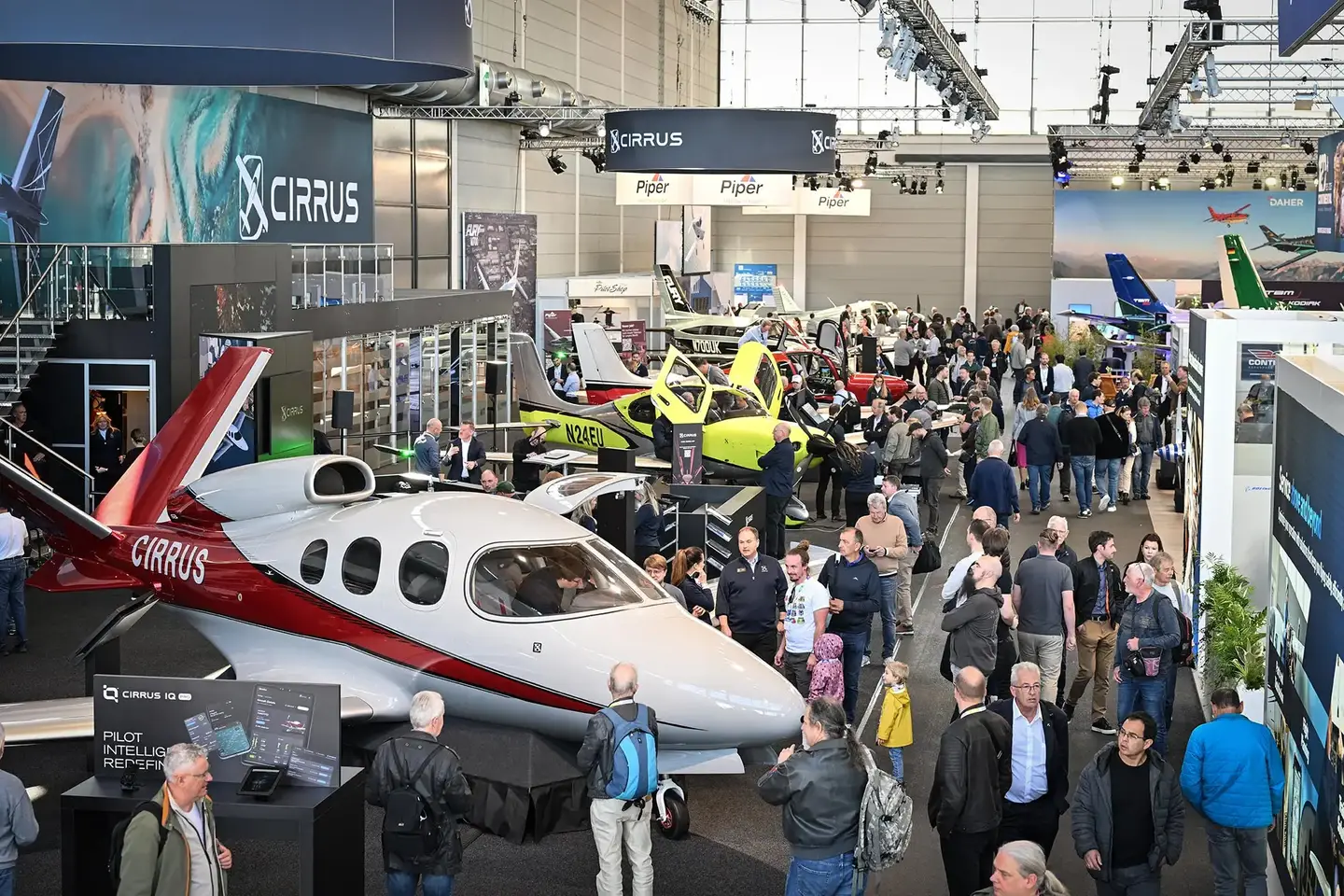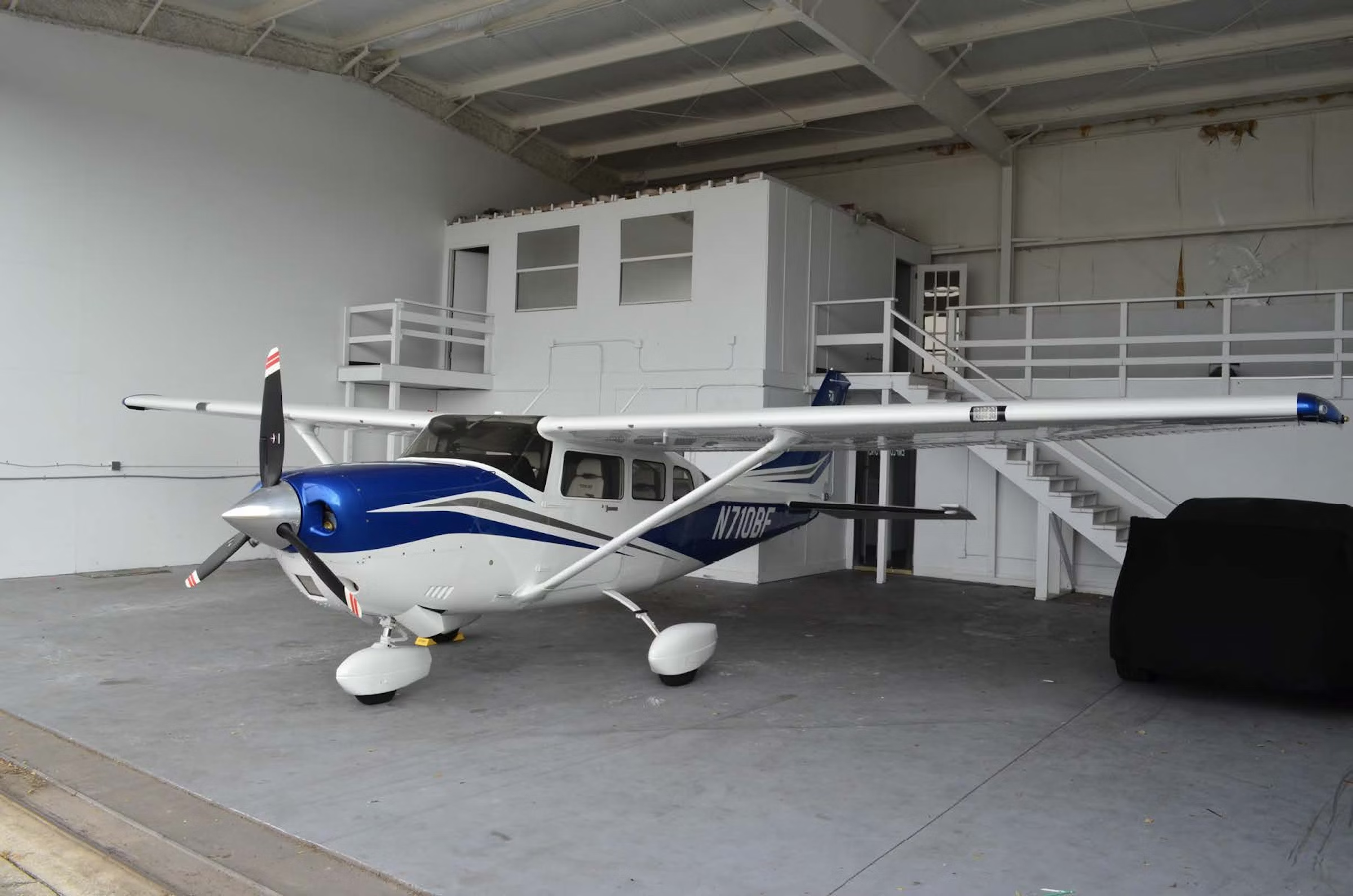Boom to Lead New Powerplant Design for Supersonic Jet
Boom Supersonic announced it is collaborating with industry partners to develop a new propulsion system for its Overture supersonic airliner.

Boom Supersonic announced it is collaborating with industry partners to develop a new propulsion system for its Overture supersonic airliner. [Courtesy: Boom Supersonic]
Months after losing its primary engine manufacturer, Boom Supersonic is now leading a consortium of industry partners in designing a powerplant for its Overture supersonic airliner, it announced.
Boom said it is leading the collaborative effort in developing the new supersonic engine—dubbed Symphony— alongside Florida Turbine Technologies (FTT) for engine design, GE Additive for additive technology design consulting, and StandardAero for maintenance for Symphony.
The announcement comes three months after engine manufacturer Rolls-Royce exited its contract with the commercial airline manufacturer, prompting Boom to look to other engine manufacturers with supersonic propulsion programs. At the time, Rolls-Royce said commercial supersonic flight was no longer a short-term priority for the company.
Company officials, however, then decided the solution was to design the aircraft and engine together.
"Developing a supersonic engine specifically for Overture offers by far the best value proposition for our customers," said Blake Scholl, founder and CEO of Boom Supersonic,
The announcement comes at a pivotal point of development for Boom following Rolls-Royce's exit. The first Overture aircraft—expected to fly as fast as Mach 1.7, as high as 60,000 feet msl, and carry between 65 to 88 passengers—was scheduled to roll out in 2025 and begin commercial service with passengers by 2029.
Now, with Symphony, Boom said that design is already underway and that Overture is expected to achieve type certification in 2029. The company will build Overture at the Overture Superfactory in Greensboro, North Carolina, with ground testing to begin in 2026 and flight test in 2027.
“Through the Symphony program, we can provide our customers with an economically and environmentally sustainable supersonic airplane—a combination unattainable with the current constraints of derivative engines and industry norms,” Scholl said.
A Boom-Led Partnership
FTT, a Kratos Defense & Security Solutions, Inc business unit, will lead the engine design portion. Boom indicated that it would leverage FTT’s “supersonic engine design expertise,” notably because FTT’s workforce, including engineers involved in the "designing the F-119 and F-135 supersonic engines that power the F-22 and F-35,” Boom said.
“The team at FTT has a decades-long history of developing innovative, high-performance propulsion solutions,” FTT President Stacey Rock said. “We are proud to team with Boom and its Symphony partners and look forward to developing the first bespoke engine for sustainable, economical supersonic flight.”
Boom has also tapped GE Additive for additive manufacturing design consulting. Boom said the partnership would enable more streamlined development, reduced weight, and improved fuel efficiency.
“GE Additive will bring industry-leading capabilities to Symphony, providing additive manufacturing design consulting and technology while looking for additional areas to potentially collaborate," Chris Schuppe, general manager of engineering and technology at GE Additive, said in a statement.
Looking ahead to maintenance, Boom selected StandardAero in order to deliver “reliable and economical operations and provision of maintenance services for the life of the aircraft," it said.
StandardAero also has experience as a supersonic engine assembler.
“Our current qualifications, capabilities, and experience assembling and servicing supersonic military jet engines make us the intelligent solution for future commercial supersonic engine MRO applications,” said Russell Ford, chairman, and CEO of StandardAero.
Here’s What to Know About Symphony
According to Boom, the powerplant will be a medium-bypass turbofan engine, similar to powerplants on current commercial aircraft. However, unlike subsonic turbofans, Boom said its Symphony would feature a Boom-designed axisymmetric supersonic intake, a variable-geometry, low-noise exhaust nozzle, and a passively cooled high-pressure turbine. It won’t have an afterburner.
Boom said the powerplant would produce 35,000 lbs of thrust on takeoff and would run on 100 percent sustainable aviation fuel. To keep things quiet and meet Chapter 14 noise level requirements, Symphony will be designed with a single-stage fan. The process will include additive manufacturing to keep its weight and parts count low and reduce assembly costs. Finally, it will need to meet FAA and EASA Part 33 engine certification requirements.
Boom said it expects Symphony to reduce airplane operating costs for airline customers by 10 percent compared to other derivative powerplants.

Sign-up for newsletters & special offers!
Get the latest FLYING stories & special offers delivered directly to your inbox






